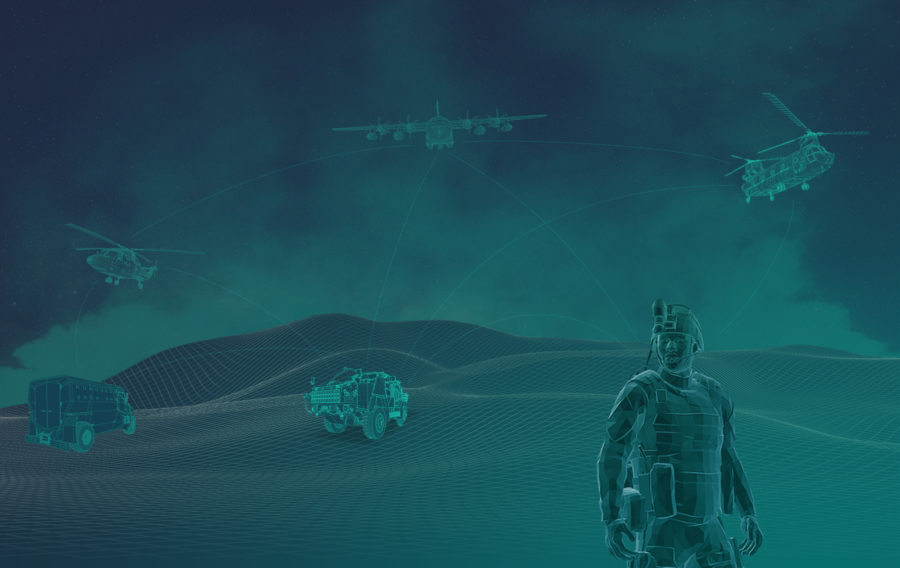
Throughout history, times of conflict have been the greatest drivers of innovation. At the same time conflict also drove industry – innovation in conflict is only as effective as the way it can best be developed and deployed.
Times change. Indeed, the very shape and dynamics of conflict have changed. Front lines are no longer clearly demarcated, and forces are increasingly embedded with the prospect of 360° conflict. Battle has become asymmetric in every aspect; superior manpower increasingly counts for less and the most significant damage is often inflicted from a distance.
DEFENCE HAS BEEN IN CONFLICT WITH TECHNOLOGICAL INNOVATION
Being in conflict, at the front, with superior technology, should therefore give a major competitive advantage. Certainly, this has proved to be the case with medical support services, where conflict has continued to push the frontiers of innovation, and dynamically evolving best practice has demonstrably saved lives.
Yet overall, whilst industrial and consumer sectors have flourished and continued to innovate, adopting nascent technologies and adapting devices on an iterative basis, driven by an escalating demand for a peacetime world to be ever more ‘connected’, defence has lagged behind.
TECHNOLOGY HAS NEVER BEEN MORE SET UP TO SUPPORT FORCES IN THE FIELD
There is no simple excuse for this lag – in today’s digital world new technologies such as the Internet of Things (IoT) and ‘The Cloud’, aligned with sensor driven wearables, data collation/exploitation, sophisticated encryption and mobile devices, are perfectly set up to provide the rapid insight and intelligence required to inform, control, and command action.
Rather defence has been held hostage to fortune by a combination of political will (or a lack of it), public scrutiny, a constantly depleting budget and an arcane attitude to its supply chain.
THE SUPPLY CHAIN ‘CATCH 22’
In particular it seems that defence has turned its back on opportunities to keep pace with technology by failing to embrace those smaller companies at the leading edge of technology who drive digital innovation. Rather it has cleaved to legacy suppliers who, de facto as they grow, may compromise the pace of innovation in order to allocate resources to the fulfilment of existing or newly won contracts.
This has created a classic Catch 22 situation of ‘unless you’ve already worked with us, we won’t work with you’ which, rather than integrate the innovation into the supply chain, has shut out the best new thinking.
HOW CAN DEFENCE BEST LEVERAGE DIGITAL INNOVATION
Attitudes are changing. There is now a wealth of proven specialist vendors and manufacturers offering flexible innovative solutions to many of the digital challenge the defence sector faces. Rather than creating custom solutions from scratch, Commercial Off-the-Shelf (COTS) solutions tailored to the need of the defence industry can be procured for a fraction of the cost.
Naturally COTS must meet the needs of the rugged environments encountered in any theatre of conflict. But, for example, Getac already makes devices to be deployed in the harshest field environments, for oil and gas and utilities, manufactured to military grade standards. These are fit for purpose for any armed force and can be deployed instantly.
Getac has recently published a new e-book entitled ‘In Conflict. With Technology’. It can be downloaded free of charge on the following link: http://defence.getac.com/uk
If you would like to join our community and read more articles like this then please click here.







